AREA OF POLYGONS
A polygon is a plane shape with straight sides. The area of a polygon measures the size of the region enclosed by the polygon. It is measured in units squared.
Area of Equilateral Triangle
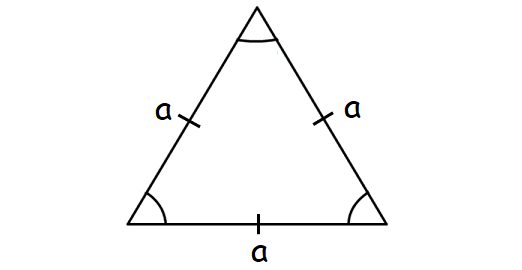
A triangle with all three sides of equal length. All the angles are 60°.
Formula for area of an equilateral triangle :
= (√3/4)a2
Area of Scalene Triangle

A scalene triangle is a triangle that has three unequal sides.
Formula for area of a scalene triangle :
= √s(s - a)(s - b)(s - c)
where s = (a + b + c)/2.
Area of Square
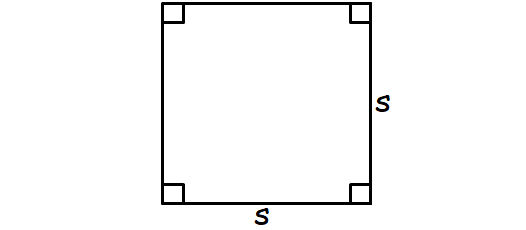
A plane figure with four equal straight sides and four right angles.
Formula for area of a square :
= s2
Area of Rectangle
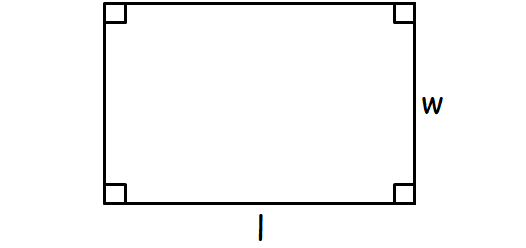
A plane figure with four straight sides and four right angles, especially one with unequal adjacent sides, in contrast to a square.
Formula for area of a rectangle :
= length x width
or
= l x w
Area of Parallelogram
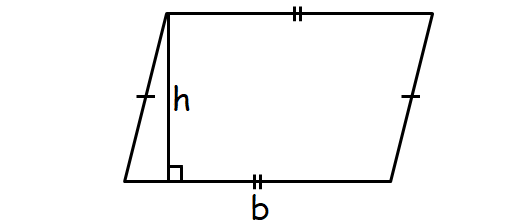
A parallelogram is a quadrilateral with opposite sides parallel.
Formula for area of a parallelogram :
= base x height
or
= b x h
Area of Rhombus
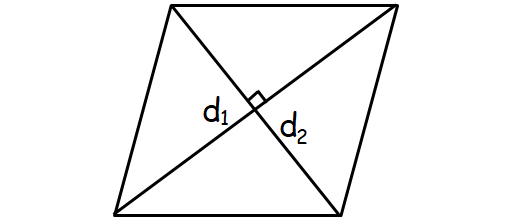
A rhombus is a parallelogram with four equal sides and equal opposite angles.
Formula for area of a rhombus :
= (1/2) x (d1 x d2)
Area of Quadrilateral
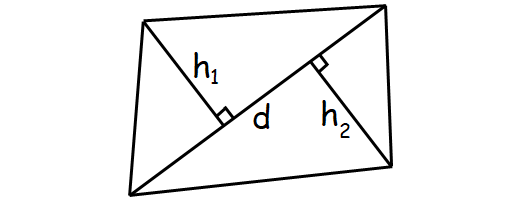
A shape which is having four sides is generally called quadrilateral.
Formula for area of a quadrilateral :
= (1/2) x d x (h1 + h2)
Area of Trapezoid
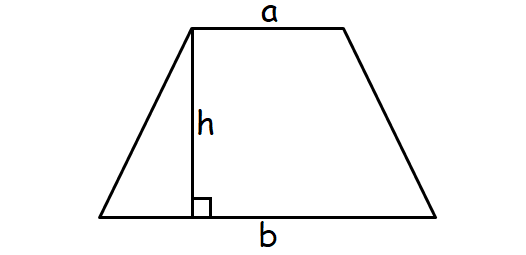
A quadrilateral with one pair of sides parallel.
Formula for area of a trapezoid :
= (1/2) x h(a + b)
Example 1 :
Find the area of the parallelogram.
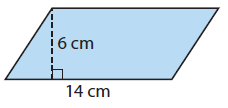
Solution :
Area of the parallelogram = b x h
Substitute b = 14 and h = 6.
= 14 x 6
= 84 cm2
Example 2 :
What is the area of a parallelogram that has a base of 12.75 in. and a height of 2.5 in.?
Solution :
Area of the parallelogram = b x h
Substitute b = 12.75 and h = 2.5.
= 12.75 x 2.5
= 31.875 in2
Example 3 :
Find the area of trapezoid.
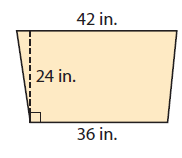
Solution :
Area of the trapezoid = (1/2) x h(a + b)
Substitute a = 42, b = 36 and h = 24.
= (1/2) x 24(36 + 42)
= 12 x 78
= 936 in2
Example 4 :
The bases of a trapezoid are 11 meters and 14 meters. If its height is 10 meters, find the area.
Solution :
Area of the trapezoid = (1/2) x h(a + b)
Substitute a = 11, b = 14 and h = 10.
= (1/2) x 10(11 + 14)
= 5 x 25
= 125 m2
Example 5 :
The diagonals of a rhombus are 21 m and 32 m. What is the area of the rhombus?
Solution :
Area of rhombus = (1/2) x (d1 x d2)
Subtract d1 = 21 and d2 = 32.
= (1/2) x (21 x 32)
= 21 x 16
= 336 m2
Example 6 :
Find the area of the given figure. Explain how you found your answer.
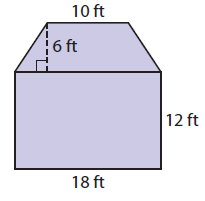
Solution :
In the given figure we can find two shapes, trapezoid and rectangle.
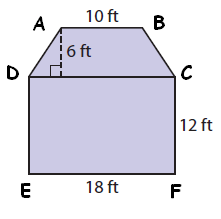
ABCD is a trapezoid, DCEF is a rectangle.
Area of the given figure :
= Area of trapezoid + Area of rectangle
Area of trapezoid :
= (1/2) x h(a + b)
Substitute a = 10, b = 18 and h = 6
= (1/2) x 6(10 + 18)
= 3 x 28
= 84 ft2
Area of rectangle DCEF :
= l x w
Substitute l = 18 and w = 12.
= 18 x 12
= 216 ft2
Area of the given figure :
= 84 + 216
= 300 ft2
Kindly mail your feedback to v4formath@gmail.com
We always appreciate your feedback.
©All rights reserved. onlinemath4all.com
Recent Articles
-
Converting Between Polar and Rectangular Coordinates
Apr 23, 24 11:08 AM
Converting Between Polar and Rectangular Coordinates -
Converting Between Polar and Rectangular Coordinates Worksheet
Apr 23, 24 11:07 AM
Converting Between Polar and Rectangular Coordinates Worksheet -
Converting Between Polar and Rectangular Equations Homework
Apr 21, 24 08:29 PM
Converting Between Polar and Rectangular Equations Homework
